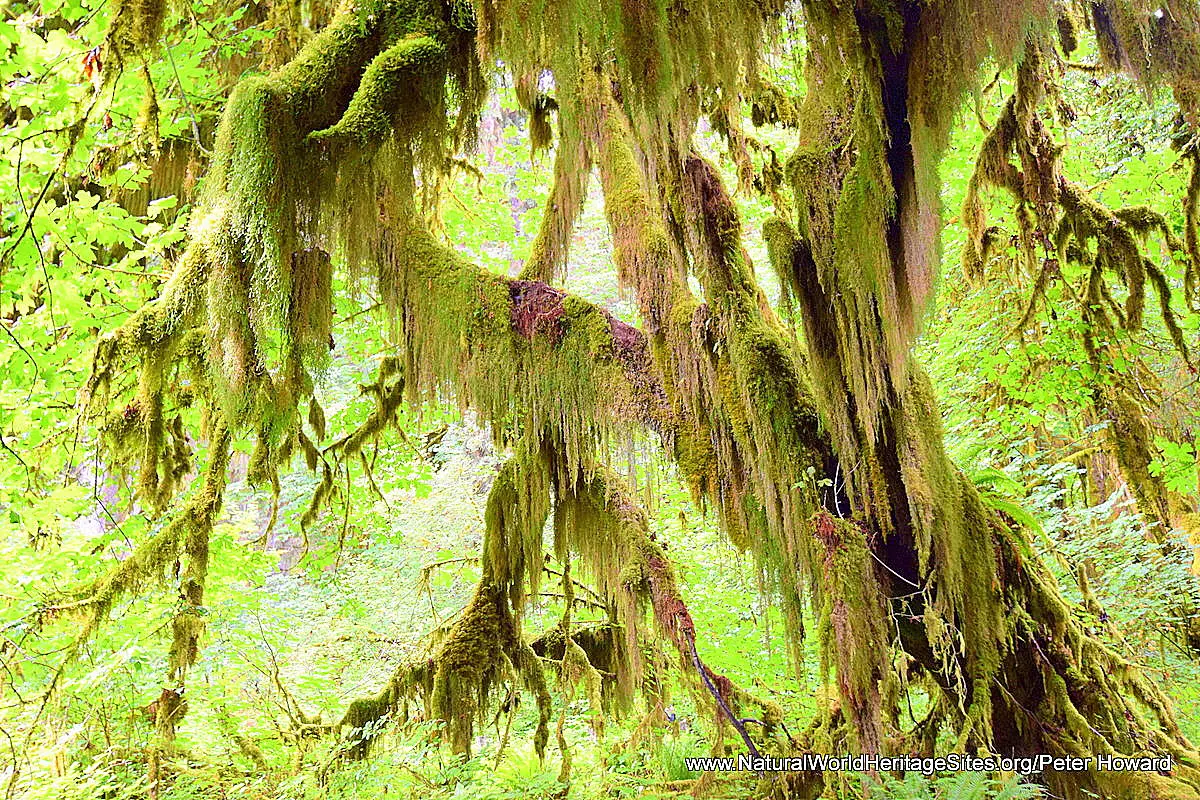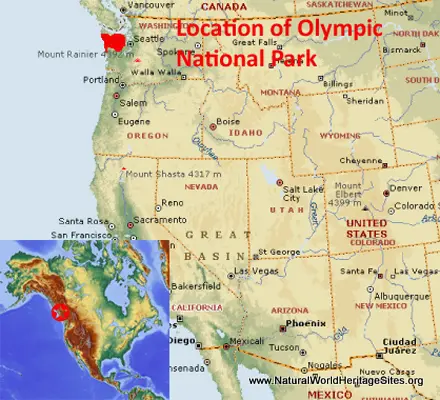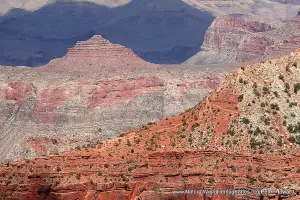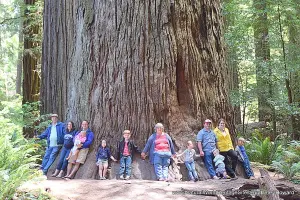EXPLORE THE USA’S OLYMPIC NATIONAL PARK with this slideshow, check the location map and get all the facts and information below.
For slideshow description see right or scroll down (mobile). Click to view slideshow
Location and Values: Olympic National Park is located on the Pacific north-west coast of the US State of Washington and features a spectacular wild coastline, magnificent temperate rainforest, scenic lakes, and a majestic mountain with glacier-capped peaks rising to 2,432m.
Conservation Status and Prospects. According to IUCN’s recent Conservation Outlook Assessment the conservation status of the Olympic National Park is ‘good with some concerns’. The IUCN report notes that ‘most park resources are viewed as stable or improving. However, several endangered species continue to decline and off site activities continue to limit the recovery of anadromous fish stocks. Looking to the future, on-going climate change poses the most serious threat to the OUV of the site. Particularly notable will be the loss of sub-alpine habitat, glaciers and more frequent flooding and other weather related events.’
Links:
Google Earth
Official UNESCO Site Details
IUCN Conservation Outlook
UNEP-WCMC Site Description
Birdlife IBA
Slideshow description
The photos in this slideshow are intended to ‘tell the story’ of the Olympic National Park, showing the area’s dramatic mountain landscapes, exuberant rainforests, lakes and glaciers, plants and animals, people, threats and conservation needs. The slideshow traces a journey through various locations within Olympic National Park, in an anti-clockwise direction from the high meadows of Hurricane Ridge with its far-reaching views of distant peaks and glaciers, past the (ecologically-restored) Elwha river valley and Lake Crescent to the Sol Duc Falls, and from there to the wild coast at Rialto Beach where giant logs lie piled high by the crashing surf. The journey continues via the lush temperate rainforest in the Hoh River Valley to the south-western corner of Olympic National Park around Lake Quinault where some of the world’s largest cedar and Sitka spruce trees are found.
This page of the website is still under development and a more detailed description of the various aspects of the site will be included in due course – so please come back again soon!
Factfile
Website Categories: Mountains; Temperate & Boreal Forests
Area: 3,628 km2
Inscribed: 1981
Criteria:
- Exceptional natural phenomenon (vii);
- Outstanding natural beauty (vii);
- Ecological processes (ix);





